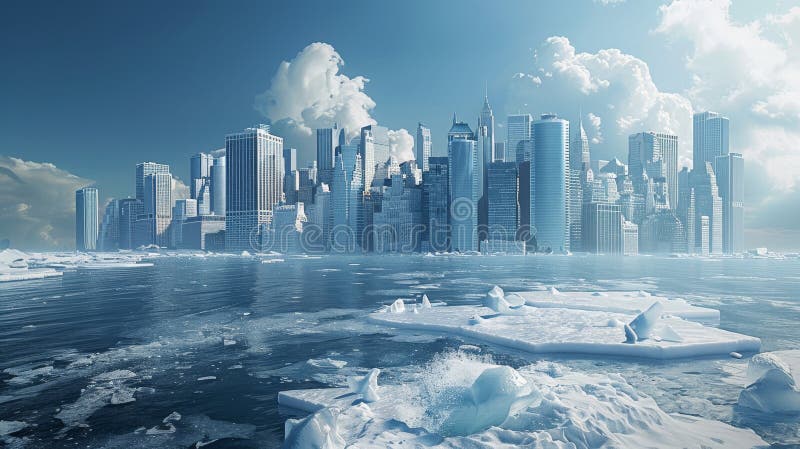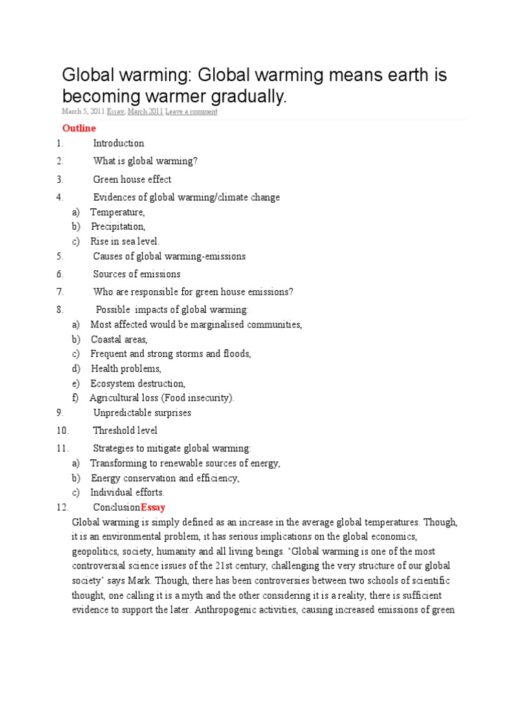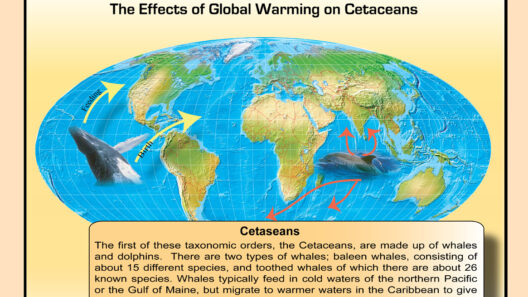As the temperatures rise globally, a consequential impact manifests in aquatic environments. While many may find the notion of swimming in warmer waters appealing, the broader implications of climate change expose a tumultuous reality that accounts for the delicate balance of life in our oceans, lakes, and rivers. The ever-increasing temperatures induce profound shifts in aquatic ecosystems, with repercussions reaching far beyond the immediate coastal zones and recreational areas.
Globally, water bodies are experiencing a marked increase in temperature, attributed primarily to anthropogenic activities such as fossil fuel combustion, deforestation, and industrial emissions. The cumulative effects of greenhouse gas emissions lead to a phenomenon often referred to as “thermal pollution.” This alteration in water temperature not only modifies the physical nature of aquatic environments but also disturbs the intricate web of biological interactions that underpin these ecosystems.
The first and perhaps most visible effect of warming waters is the alteration of species distribution. Numerous aquatic organisms, including fish, marine mammals, and invertebrates, tend to migrate towards cooler, deeper waters or higher latitudes. This phenomenon is not just a quest for mere comfort; it’s a survival strategy. For example, commercially important species like cod and haddock have shifted their ranges in response to rising temperatures, leading to dramatic socioeconomic impacts on fishing communities. Consequently, this raises questions about food security that span across nations and ecosystems. As species respond to temperature shifts, the resulting changes often lead to the disruption of established predator-prey dynamics, compounding the vulnerabilities faced by various marine and freshwater inhabitants.
Moreover, the rising temperatures can encourage the proliferation of harmful algal blooms. These blooms are often the result of nutrient runoff, which, coupled with warmer waters, creates an environment ripe for growth. The consequences of such blooms are dire, as they can produce toxins that threaten aquatic life, degrade water quality, and cause severe public health challenges. Notably, regions that rely on fresh water bodies for their drinking water supply may find themselves overwhelmed by algal toxins, necessitating costly filtration systems to ensure safety for human consumption.
Additionally, warmer waters exacerbate the situation for coral reefs — a vital yet vulnerable component of marine ecosystems. As temperature thresholds are breached, corals undergo stress, leading to bleaching events where they expel the symbiotic algae necessary for their survival. The loss of these spectacular underwater gardens impacts biodiversity, as numerous marine species depend on reefs for habitat and sustenance. The staggering estimate indicates that approximately 75% of the world’s coral reefs are currently threatened by climate-related stresses. The degradation of reefs not only diminishes biodiversity but also undermines the livelihoods of millions of people who rely on them for fishing and tourism.
The ramifications of warmer aquatic environments extend to alterations in the hydrological cycle as well. Increased evaporation rates from warmer water bodies may lead to shifts in precipitation patterns, which can result in both surpluses and deficits of fresh water in various regions. Watershed management becomes increasingly complex as communities grapple with the emerging reality of inconsistent water supplies. The knock-on effects of these shifts may entail heightened instances of flooding in various areas—even as others experience drought. This duality reveals the interconnectedness of climate systems and underscores the urgent need for holistic management strategies that consider both terrestrial and aquatic ecosystems.
Another significant concern is the impact on aquatic biodiversity, particularly among vulnerable and endemic species accustomed to specific environmental conditions. The rapid warming can lead to decreased oxygen levels in water, known as hypoxia, further jeopardizing the health of fish populations and other aquatic organisms. Moreover, species that thrive in specific thermal ranges may face increased competition from intruding species better adapted to warmer waters. This scenario not only threatens native species but could also result in a homogenization of biodiversity, as non-native species proliferate at the expense of local organisms.
Climate change also influences the socio-economic fabric intertwined with aquatic environments. Economic viability for individuals and communities predicated on fishing, aquaculture, and tourism is at stake, particularly in regions heavily dependent on these industries. The potential decline of fish stocks translates to diminished incomes for fishermen, increased prices for consumers, and significant economic ripples across related sectors such as hospitality and recreation. As communities adapt to these challenges, the historical and cultural ties to aquatic environments become strained, leading to profound psychosocial implications.
Yet, the pressing challenges posed by global warming on aquatic ecosystems also present opportunities for innovative solutions and adaptive management strategies. Stakeholders increasingly recognize the necessity of fostering resilience in marine and freshwater systems. Collaborative efforts aimed at restoring aquatic habitats, implementing sustainable fishing practices, and enforcing stricter regulations on pollution can yield positive outcomes. Moreover, public engagement and education about the interdependencies within ecosystems can empower communities to advocate for environmental stewardship.
In conclusion, while the notion of swimming in warmer waters may be tantalizing for some, the implications of global warming extend far beyond personal enjoyment. The transformations occurring within aquatic ecosystems pose significant threats to biodiversity, food security, and socio-economic stability. Acknowledging the deeper reasons behind our fascination with these environments reveals a complex interplay of life, culture, and climate. As rising temperatures continue to alter the face of our waterways, a concerted effort to mitigate climate change and foster sustainable practices is paramount for the preservation of our precious aquatic resources.







